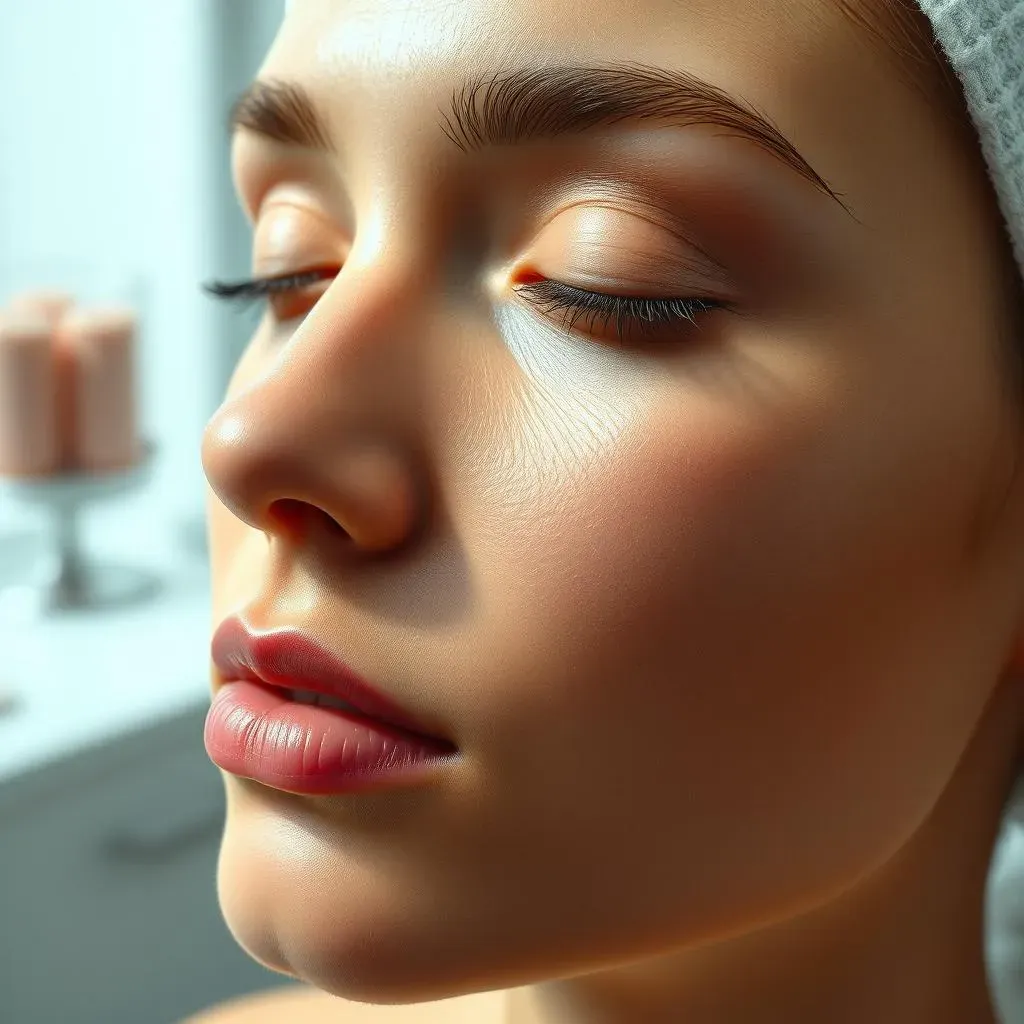Table of Contents
Ingrown hair can be a frustrating and painful condition, especially when it occurs on the face. If you're struggling with ingrown hairs and are looking for ways to remove them, you're not alone. Ingrown hairs can affect anyone, but they are more common in individuals with curly or coarse hair. Understanding the causes and symptoms of ingrown hairs is crucial in finding the right treatment and prevention methods. In this article, we'll delve into the world of ingrown hairs, exploring the symptoms, causes, diagnosis, and various treatments available to help you remove ingrown hair on face. From home remedies to medical treatments, and preventive measures to advanced hair removal techniques like laser hair removal, we'll cover it all. Our goal is to empower you with the knowledge and tools necessary to achieve smooth, healthy-looking skin. So, let's get started on this journey to understand and remove ingrown hair on face effectively.
Understanding Ingrown Hair on Face: Symptoms and Causes
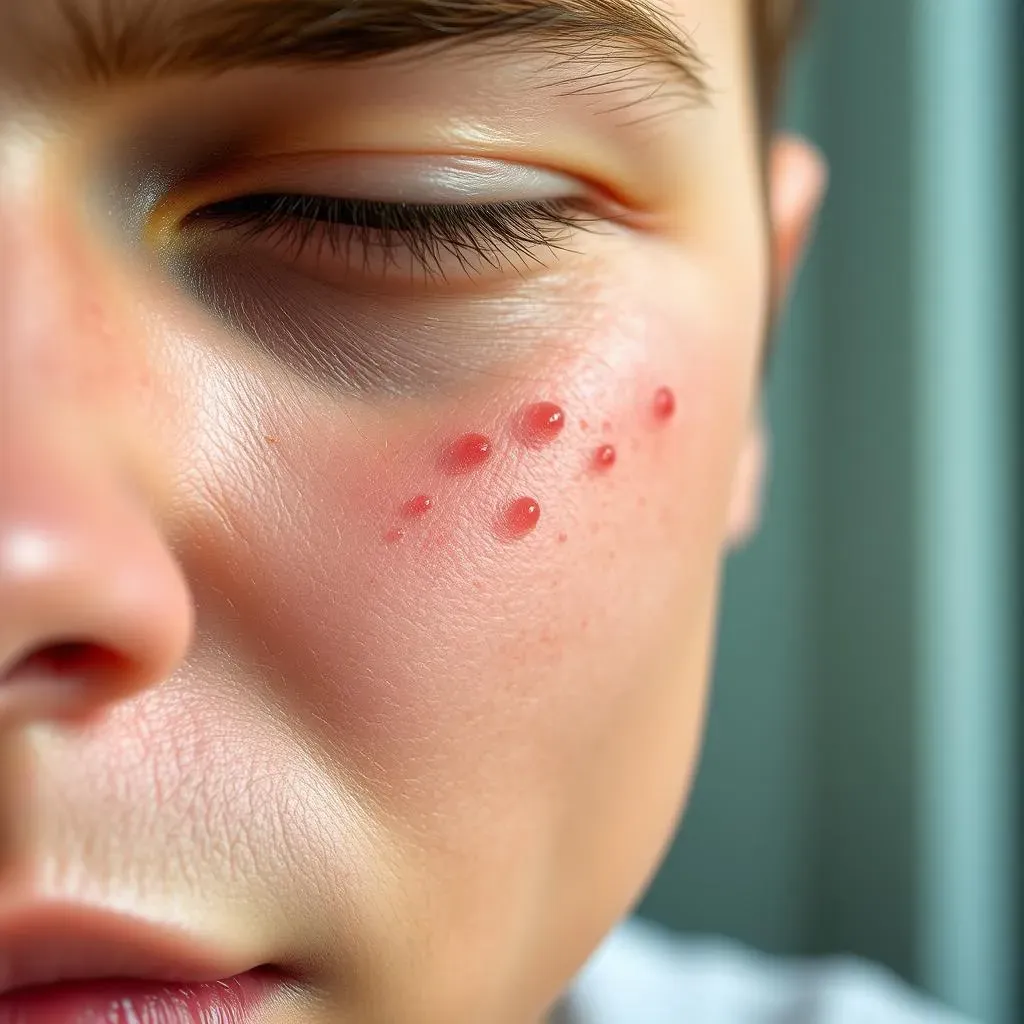
Understanding Ingrown Hair on Face: Symptoms and Causes
Ingrown hair on the face, also known as pseudofolliculitis barbae, occurs when a hair grows back into the skin instead of outward, causing inflammation and irritation. This condition is more common in individuals with curly or coarse hair, as the curved hair shaft is more likely to grow back into the skin. Symptoms of ingrown hair on the face may include small, bumps or papules, which can be painful to the touch, redness and swelling around the affected area, itching or burning sensations, and in severe cases, discoloration or hyperpigmentation.
The causes of ingrown hair on the face are multifaceted. Poor shaving techniques, such as shaving too closely or against the grain, can cause hairs to become trapped beneath the skin. Tight clothing, especially around the neck and jawline, can also lead to friction and irritation, increasing the risk of ingrown hairs. Additionally, genetics may play a role, as individuals with curly or coarse hair are more prone to ingrown hairs.
Symptom | Description | Treatment |
|---|---|---|
Papules | Small bumps with hairs in the middle | Warm compresses, tweezing |
Pustules | Bumps filled with pus, indicating infection | Antibiotic creams, surgical drainage |
Hyperpigmentation | Discoloration of the skin | Topical creams, chemical peels |
Understanding the symptoms and causes of ingrown hair on the face is crucial in seeking the right treatment. If you're experiencing any of these symptoms, it's essential to consult a dermatologist for proper diagnosis and guidance.
- Avoid shaving too closely or against the grain
- Exfoliate regularly to remove dead skin cells
- Use soothing products, such as aloe vera or tea tree oil, to calm irritated skin
By recognizing the signs and symptoms of ingrown hair on the face and taking preventive measures, you can reduce the risk of developing this condition and maintain healthy, smooth skin.
Diagnosing Ingrown Hair: Signs, Tests, and Medical Guidance
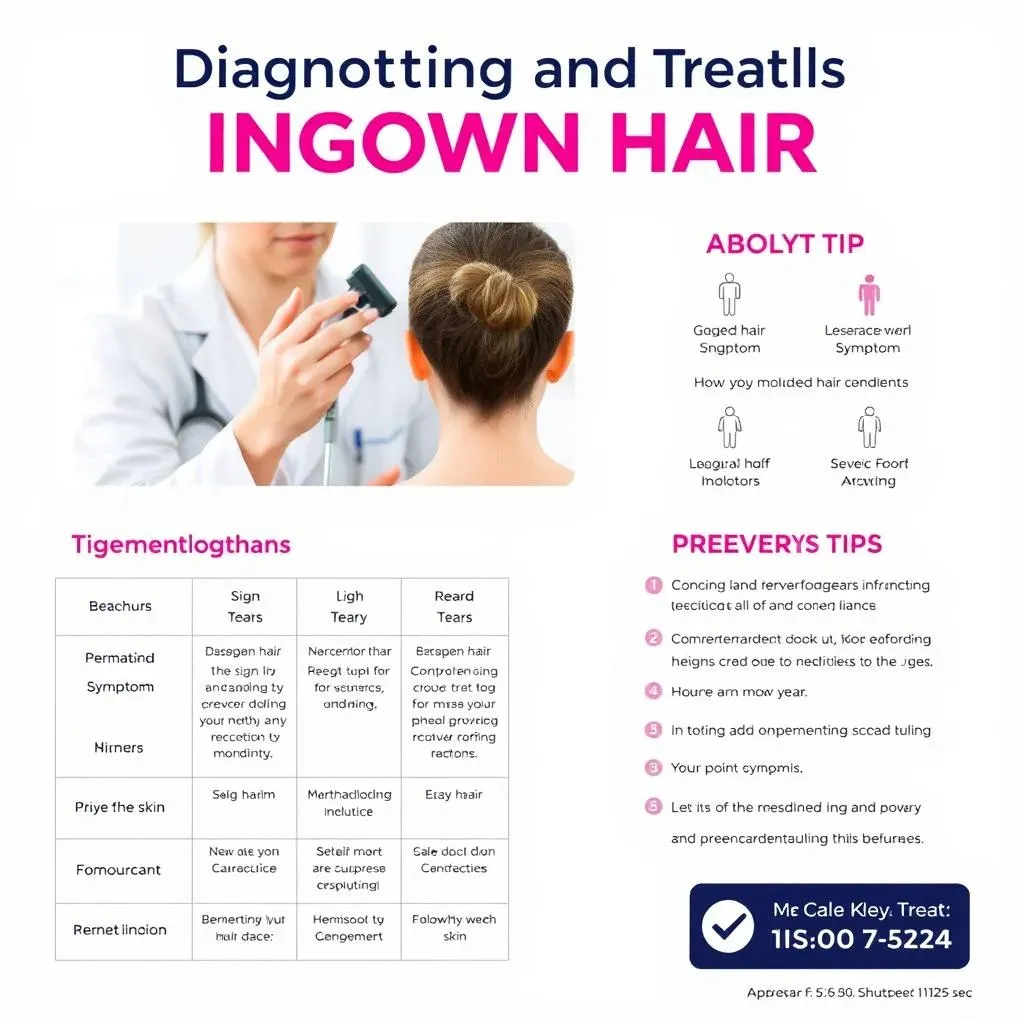
Diagnosing Ingrown Hair: Signs, Tests, and Medical Guidance
Diagnosing ingrown hair on the face requires a thorough examination of the affected area and a review of the individual's skin care and hair removal practices. A dermatologist or healthcare provider will typically begin by visually inspecting the skin for signs of ingrown hairs, such as redness, swelling, and small bumps or papules. They may also ask questions about the individual's hair removal methods, including shaving, waxing, or tweezing, as well as their skin care routine.
In some cases, a dermatologist may perform a skin scraping or biopsy to rule out other conditions that may resemble ingrown hairs, such as acne or folliculitis. They may also prescribe topical or oral medications to treat any underlying infections or inflammation. It's essential to seek medical guidance if ingrown hairs persist, worsen, or become infected, as untreated cases can lead to scarring, hyperpigmentation, or other complications.
Signs of Ingrown Hair | Description | Medical Guidance |
|---|---|---|
Redness and Swelling | Area around the ingrown hair becomes red and swollen | Topical corticosteroids or antibiotics |
Pustules | Bumps filled with pus, indicating infection | Antibiotic ointments or oral antibiotics |
Hyperpigmentation | Discoloration of the skin | Topical creams or chemical peels |
If you're experiencing symptoms of ingrown hair on your face, it's crucial to consult a dermatologist for proper diagnosis and treatment. They can provide personalized guidance on how to manage symptoms, prevent future occurrences, and recommend the best course of treatment for your specific condition.
- Keep the affected area clean and dry
- Avoid picking or scratching the ingrown hair
- Apply warm compresses to bring the hair to the surface
- Use topical creams or ointments as prescribed by your dermatologist
By seeking medical guidance and following the recommended treatment plan, you can effectively manage ingrown hairs on your face and prevent long-term damage to your skin.
Effective Ways to Remove Ingrown Hair on Face: Treatment Options
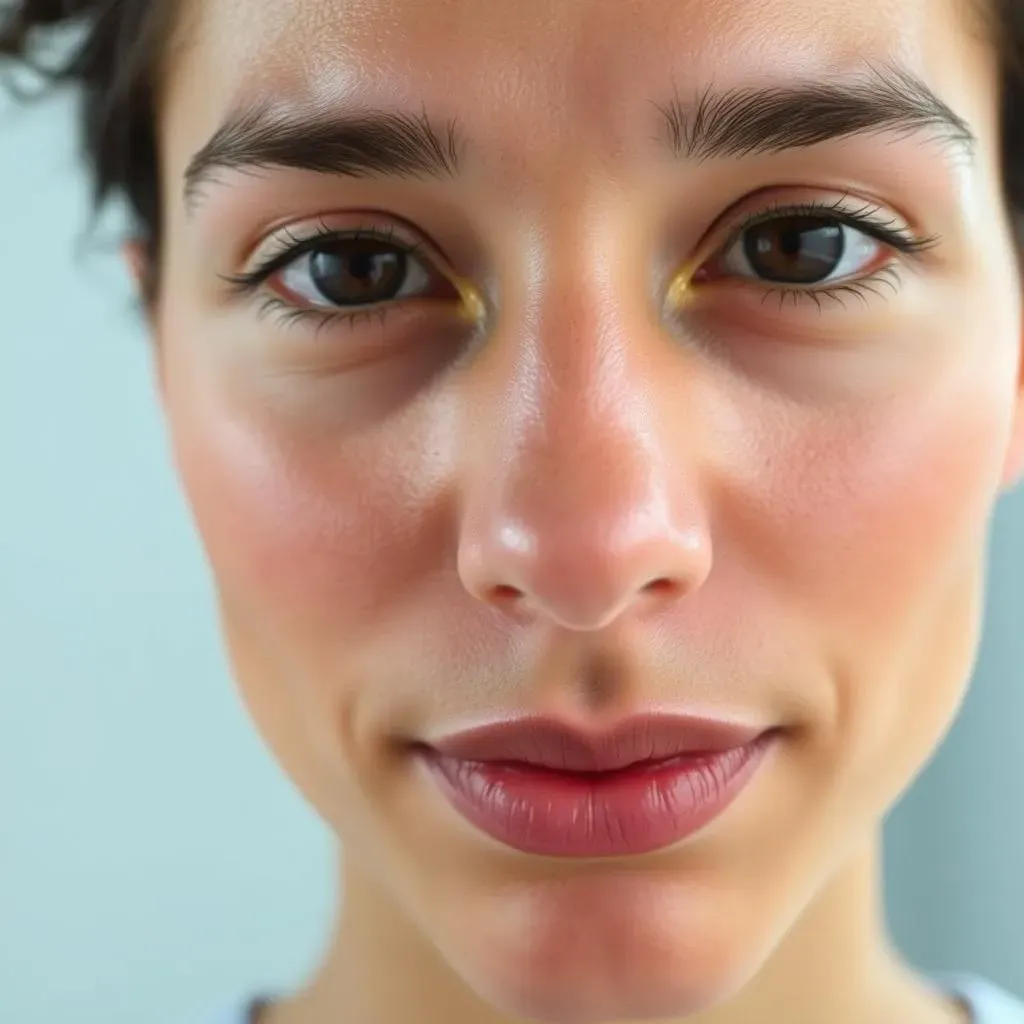
Effective Ways to Remove Ingrown Hair on Face: Treatment Options
Home Remedies for Ingrown Hair Removal
For mild cases of ingrown hairs, home remedies can be an effective way to remove them. One of the most common methods is to apply a warm compress to the affected area. Soak a clean washcloth in warm water, wring it out, and apply it to the ingrown hair for 5-10 minutes. Repeat this process several times a day to help bring the hair to the surface of the skin.
Another home remedy is to use a mixture of sugar and olive oil as a scrub. Mix 1 tablespoon of sugar with 1 tablespoon of olive oil and gently massage the affected area for a few minutes. Rinse with warm water and pat dry. This scrub can help exfoliate the skin and remove dead skin cells, allowing the ingrown hair to exit the skin more easily.
Remedy | Instructions | Frequency |
|---|---|---|
Warm Compress | Apply warm washcloth for 5-10 minutes | Several times a day |
Sugar and Olive Oil Scrub | Mix 1 tbsp sugar with 1 tbsp olive oil, massage for 2-3 minutes | 1-2 times a week |
- Avoid using harsh exfoliants or rough cloths, as they can irritate the skin
- Keep the affected area clean and dry to prevent infection
- Consider using a hydrocortisone cream to reduce inflammation
Medical Treatments for Ingrown Hair
For more severe cases of ingrown hairs, medical treatments may be necessary. A dermatologist may prescribe topical creams or ointments to reduce inflammation and prevent infection. In some cases, they may use a sterile needle to remove the ingrown hair or prescribe oral antibiotics if the area becomes infected.
Another treatment option is the use of depilatory creams, which dissolve the protein bonds in hair, allowing for easy removal. However, these creams can be harsh on the skin, so it's essential to follow the instructions carefully and perform a patch test before using them.
Treatment | Description | Risks and Side Effects |
|---|---|---|
Topical Creams | Reduce inflammation and prevent infection | Skin irritation, allergic reactions |
Depilatory Creams | Dissolve hair protein for easy removal | Skin burns, rashes, and irritation |
- Follow the dermatologist's instructions for treatment
- Monitor the affected area for signs of infection
- Avoid sharing personal care items to prevent the spread of infection
Professional Removal Methods
In some cases, ingrown hairs may require professional removal. A dermatologist or esthetician can use specialized tools, such as tweezers or a sterile lancet, to carefully remove the ingrown hair. Laser hair removal is also a popular option, as it can permanently reduce hair growth and prevent future ingrown hairs.
Electrolysis is another method that uses a small electrical current to destroy the hair follicle, preventing future growth. While these methods can be effective, they may require multiple sessions and can be more expensive than other treatments.
Method | Description | Cost |
|---|---|---|
Laser Hair Removal | Permanent reduction of hair growth | $100-$500 per session |
Electrolysis | Destroys hair follicle with electrical current | $50-$200 per session |
- Consult with a professional before undergoing any treatment
- Follow after-care instructions to minimize side effects
- Consider the cost and number of sessions required
Preventing Ingrown Hair on Face: Tips and Best Practices

Preventing Ingrown Hair on Face: Tips and Best Practices
Exfoliating and Cleansing
Preventing ingrown hairs on the face requires a combination of good skin care habits and proper hair removal techniques. One of the most effective ways to prevent ingrown hairs is to exfoliate the skin regularly. Exfoliating helps remove dead skin cells, which can clog pores and cause hairs to grow back into the skin. Use a gentle exfoliant containing alpha-hydroxy acids (AHAs) or beta-hydroxy acids (BHAs) one to two times a week to keep your skin smooth and bright.
Cleansing is also crucial in preventing ingrown hairs. Use a mild cleanser that is formulated for your skin type to remove dirt, oil, and bacteria without stripping your skin of its natural oils. Be sure to cleanse your face twice a day, in the morning and before bed, to keep your skin clean and healthy.
Exfoliant | Frequency | Benefits |
|---|---|---|
Alpha-hydroxy acids (AHAs) | 1-2 times a week | Gently removes dead skin cells, promotes cell turnover |
Beta-hydroxy acids (BHAs) | 1-2 times a week | Unclogs pores, reduces inflammation |
- Use a gentle exfoliant suitable for your skin type
- Avoid over-exfoliating, which can irritate the skin
- Moisturize after exfoliating to keep your skin hydrated
Proper Shaving Techniques
Shaving is a common cause of ingrown hairs, especially when done improperly. To shave safely and minimize the risk of ingrown hairs, always shave in the direction of hair growth, not against it. Use a sharp razor and shaving cream or gel to help the razor glide smoothly over the skin. Avoid shaving too closely, as this can cause hairs to become trapped beneath the skin.
After shaving, apply a cold compress or witch hazel to reduce inflammation and tighten pores. This can help prevent ingrown hairs from forming and reduce the appearance of razor burn.
Shaving Tip | Benefits | Potential Risks |
|---|---|---|
Shave in the direction of hair growth | Reduces risk of ingrown hairs and razor burn | None |
Use a sharp razor and shaving cream | Helps razor glide smoothly, reducing nicks and cuts | None |
Avoid shaving too closely | Prevents hairs from becoming trapped under the skin | May not achieve as close of a shave |
- Exfoliate before shaving to remove dead skin cells
- Shave in the direction of hair growth
- Avoid shaving over the same spot multiple times
Advanced Removal Methods: Laser Hair Removal for Ingrown Hair
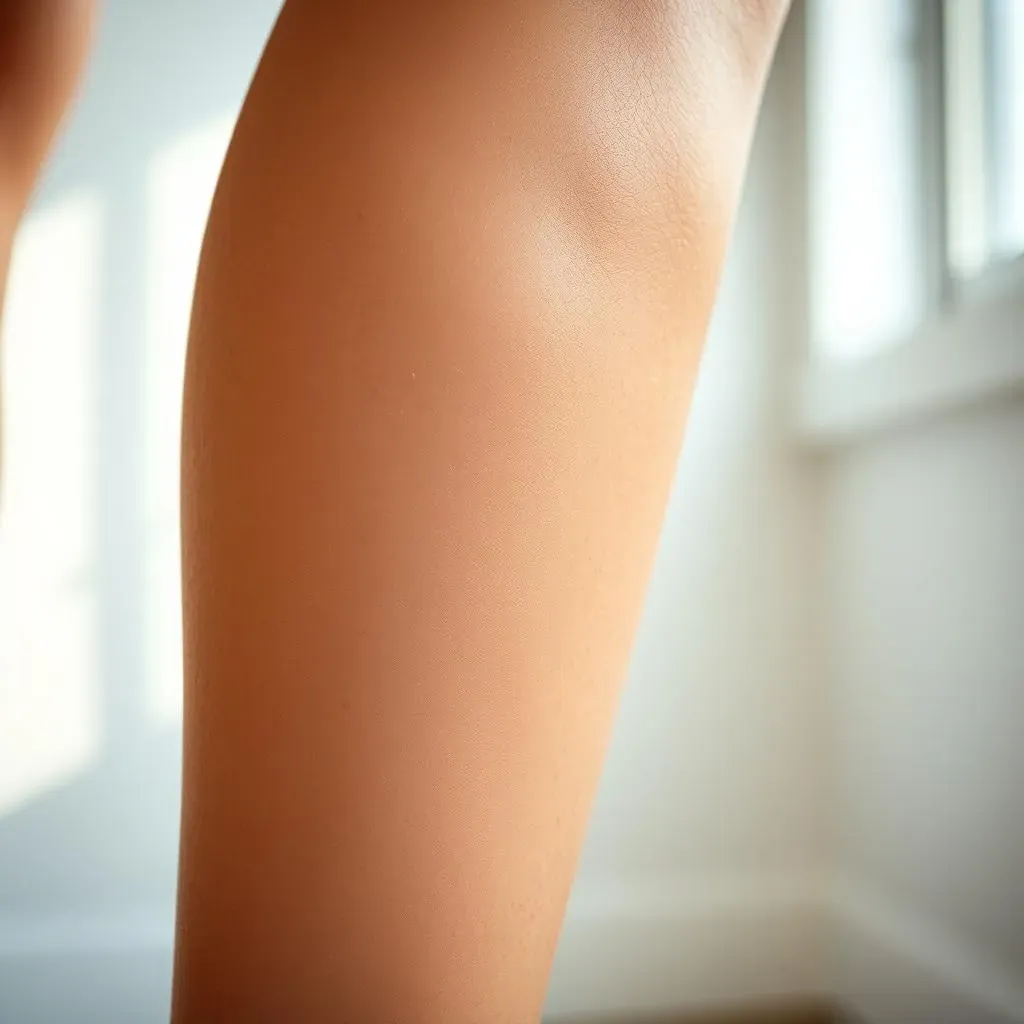
Advanced Removal Methods: Laser Hair Removal for Ingrown Hair
Laser Hair Removal: A Permanent Solution
Laser hair removal is a popular method for removing unwanted hair, including ingrown hairs. This advanced technique uses a laser to target the hair follicle, damaging it and preventing future growth. Laser hair removal is a long-term solution, requiring multiple sessions to achieve optimal results. The process is relatively painless, with some patients experiencing mild discomfort, similar to a rubber band snapping against the skin.
The benefits of laser hair removal for ingrown hairs are numerous. Not only does it reduce the risk of ingrown hairs, but it also leaves the skin feeling smooth and looking healthy. Laser hair removal is also a cost-effective solution in the long run, as it eliminates the need for frequent shaving, waxing, or tweezing. However, it's essential to find a qualified practitioner to perform the procedure, as improper use of the laser can lead to burns, blisters, or changes in skin pigmentation.
Benefits | Description | Results |
|---|---|---|
Permanent Hair Reduction | Damages hair follicle to prevent growth | Smooth skin, reduced ingrown hairs |
Cost-Effective | Reduces need for frequent hair removal | Savings over time, convenience |
Minimizes Risk of Ingrown Hairs | Prevents hairs from growing back into the skin | Healthy, smooth skin |
- Find a qualified practitioner for the procedure
- Avoid sun exposure before and after treatment
- Follow after-care instructions to minimize side effects
Electrolysis: An Alternative to Laser Hair Removal
Electrolysis is another permanent hair removal method that uses a small electrical current to destroy the hair follicle. This technique is ideal for smaller areas, such as the face, and can be more precise than laser hair removal. Electrolysis requires multiple sessions, as each hair follicle must be treated individually. While it can be a time-consuming process, the results are long-lasting, making it a popular choice for those looking for a more precise method.
Electrolysis is generally considered safe, but as with any medical procedure, there are potential side effects. These may include redness, swelling, and in rare cases, scarring. It's essential to work with a licensed electrologist to minimize the risk of complications and ensure the best possible results.
Method | Description | Risks and Side Effects |
|---|---|---|
Galvanic Electrolysis | Uses chemical reaction to destroy follicle | Redness, swelling, potential scarring |
Thermolytic Electrolysis | Uses heat to destroy follicle | Redness, swelling, potential scarring |
Blend Electrolysis | Combines galvanic and thermolytic methods | Redness, swelling, potential scarring |
- Research and find a qualified electrologist
- Follow after-care instructions to minimize side effects
- Be patient, as multiple sessions are required
Professional Removal Methods: What to Expect
Professional removal methods, such as laser hair removal and electrolysis, offer a long-term solution to ingrown hairs. These advanced techniques provide a permanent reduction in hair growth, minimizing the risk of ingrown hairs. While they may require multiple sessions and can be more expensive than other treatments, the results are well worth the investment.
Before undergoing any professional removal method, it's essential to consult with a qualified practitioner. They will help determine the best course of treatment for your specific condition and ensure that you're a suitable candidate for the procedure. By taking the time to research and understand the process, you can achieve the smooth, healthy skin you deserve.
Method | Cost | Number of Sessions |
|---|---|---|
Laser Hair Removal | $100-$500 per session | 3-6 sessions |
Electrolysis | $50-$200 per session | 10-20 sessions |
- Consult with a qualified practitioner
- Follow after-care instructions
- Be patient and commit to the treatment plan
Conclusion: Say Goodbye to Ingrown Hair on Face
Removing ingrown hair on face requires patience, the right techniques, and sometimes professional help. By understanding the symptoms, causes, and treatment options, you can take the first step towards smoother, healthier skin. Remember, prevention is key, so adopting good skin care habits and proper hair removal techniques can significantly reduce the occurrence of ingrown hairs. For more persistent or severe cases, consider consulting a dermatologist or exploring advanced hair removal methods like those offered at hairawaybylaser.com. With the right approach, you can remove ingrown hair on face and enjoy the confidence that comes with clear, radiant skin. Start your journey to ingrown hair-free skin today!
